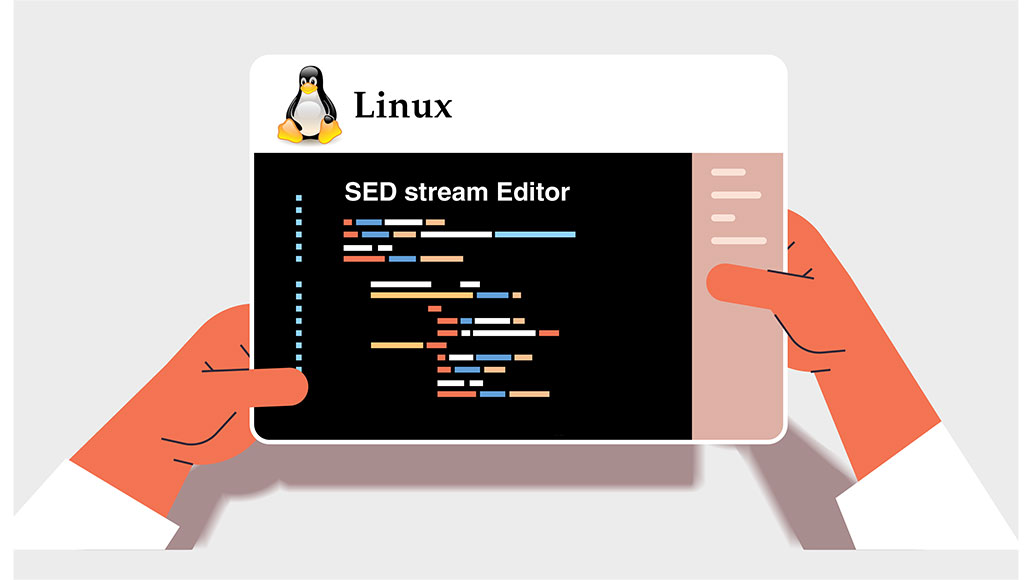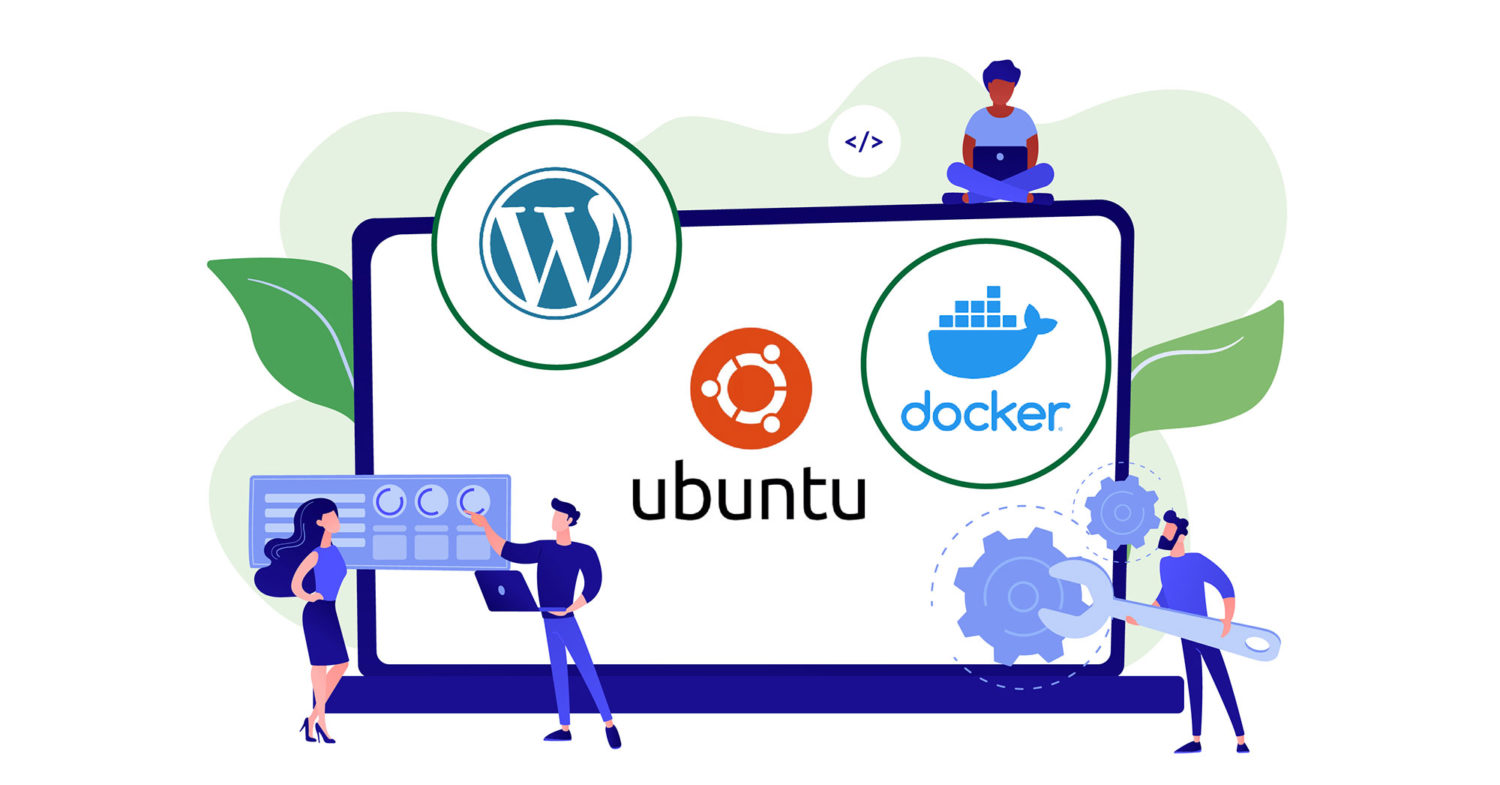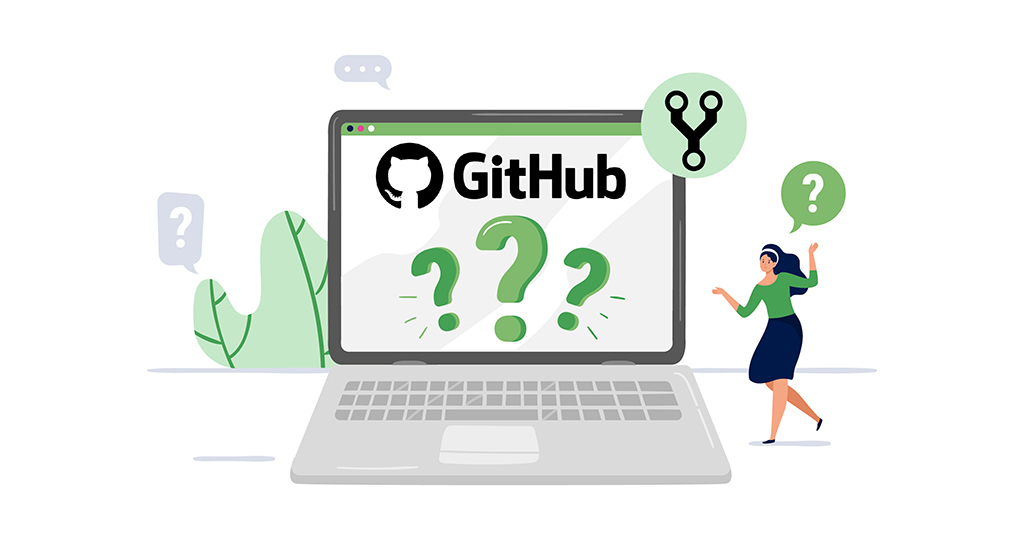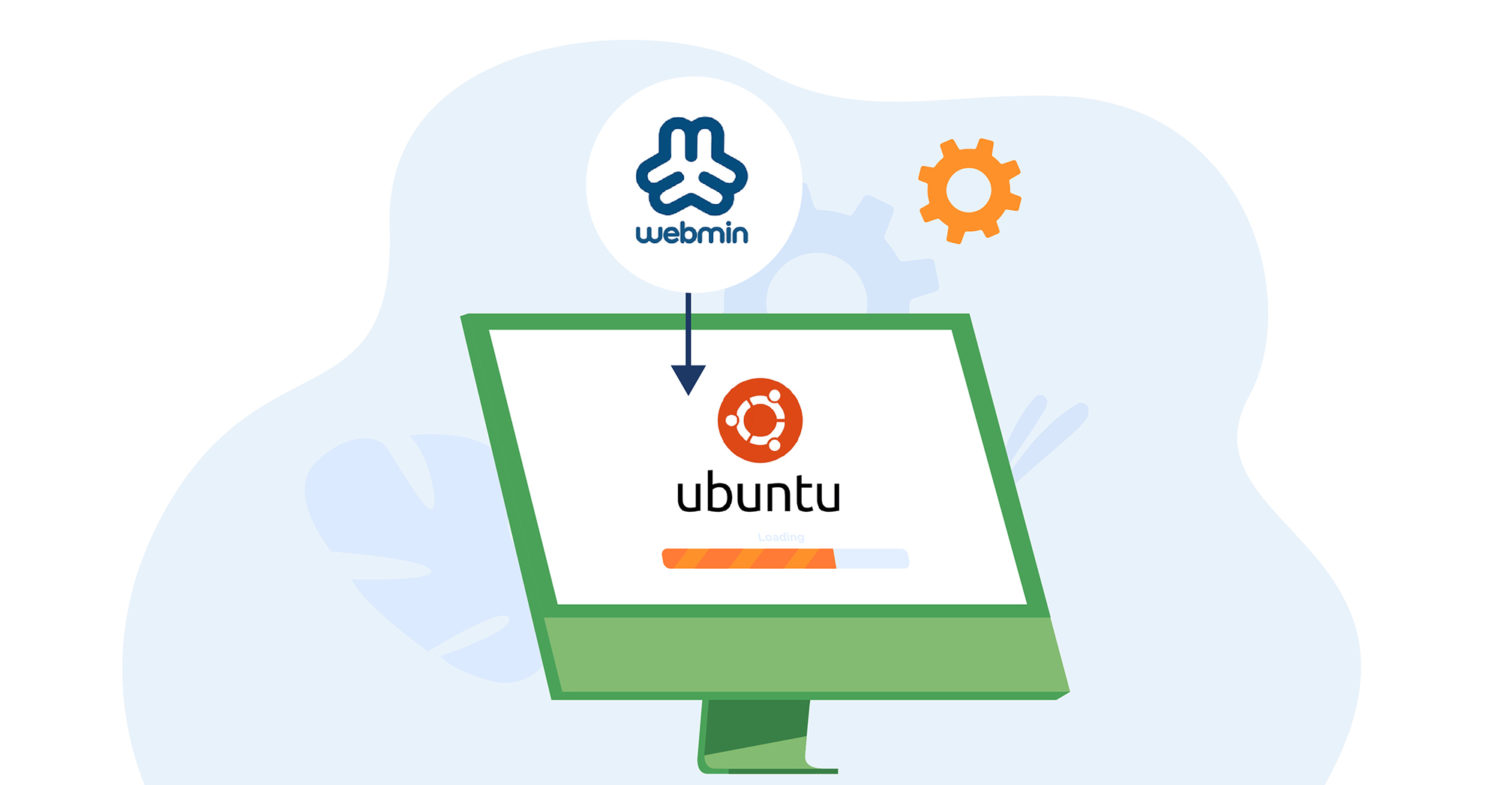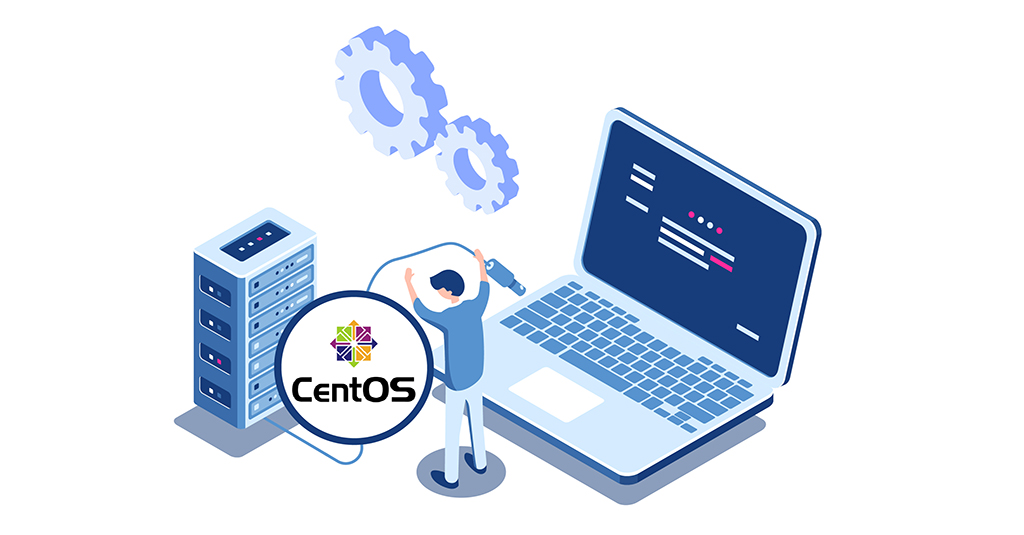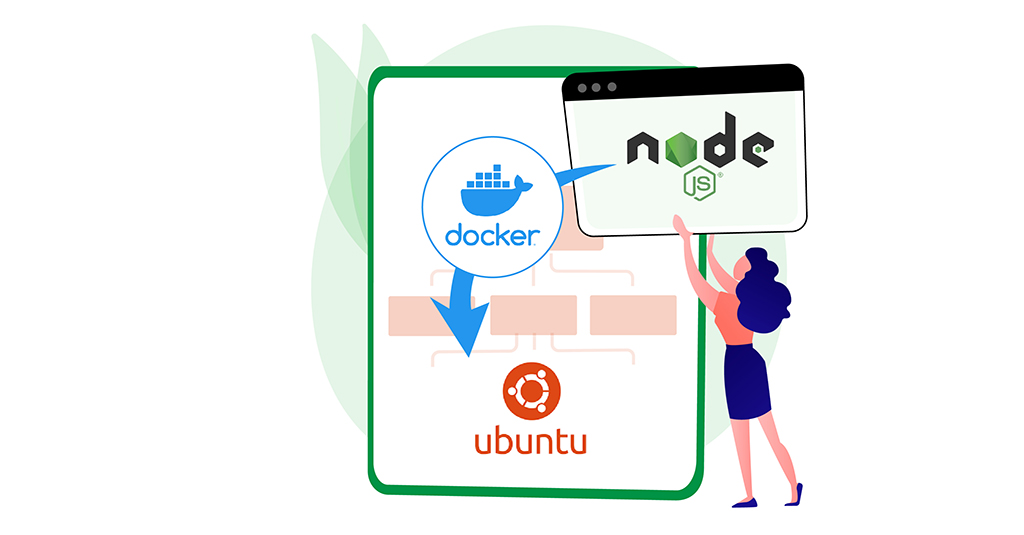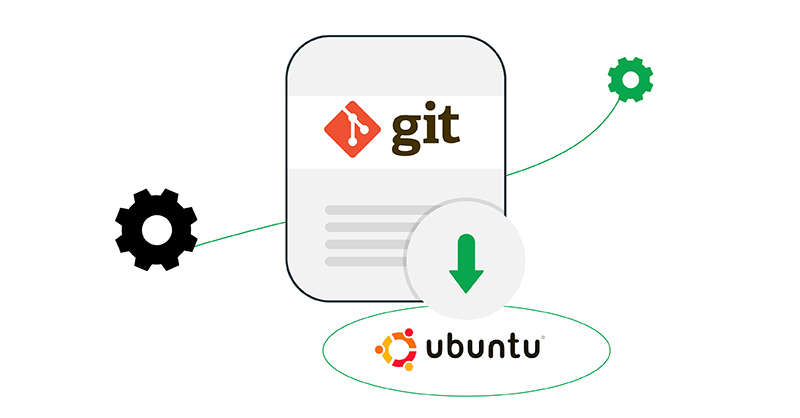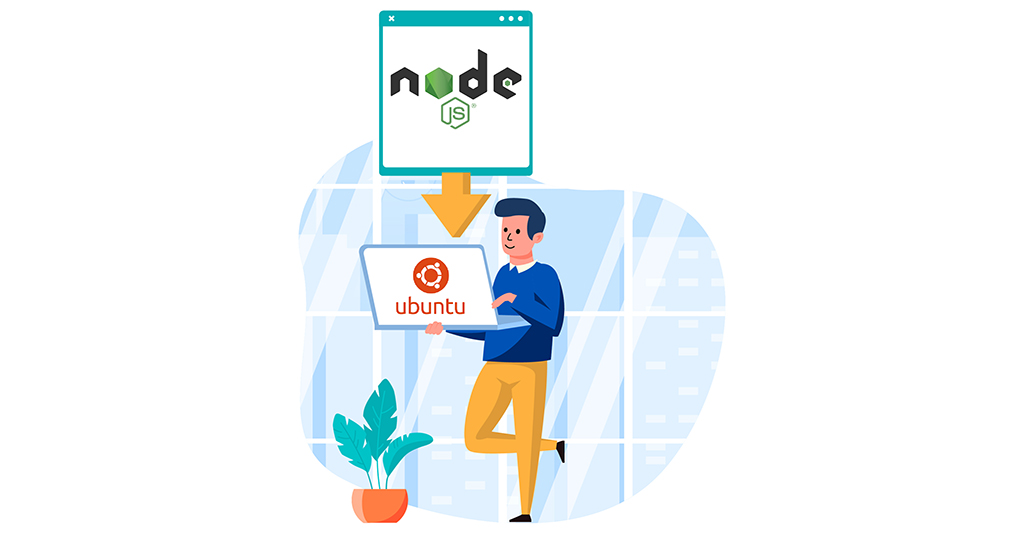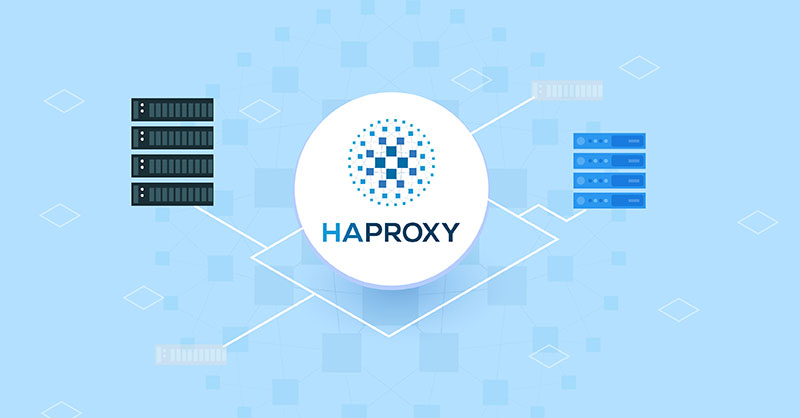The command sed is an abbreviation for stream editor. It’s a widely popular tool on Linux/UNIX systems. Sed isn’t a text editor by itself. However, it can perform various modifications to manipulate a given text. The text input is sent as a stream. Sed then performs the instructed actions on the stream. This guide gives an overview of the sed …
How to Deploy WordPress with Docker Containers on Ubuntu 20.04
Introduction WordPress is one of the most popular Content Management Systems (CMSs) out there. Statistically, it powers over 39% of all websites you see around the world wide web. It’s a popular choice because of its extensibility through plugins and its flexible templating system. It allows you to change its appearance in seconds. Moreover, its administration can be done through …
Creating a Pull Request on GitHub
Git is a distributed version control system that is easily scalable. It’s suitable for projects of all sizes. In the Git ecosystem, project codes are stored in a Git repository. The GitHub website is one of the most popular places to host Git repositories. GitHub offers both free and paid services for Git repo hosting. It makes managing Git repositories …
How to Install Webmin on Ubuntu 18.04
For system administrators, Webmin is a boon. It’s a web-based control panel that allows managing a Linux machine remotely, using a modern web-based interface. Webmin can change various system configurations on the fly, including web servers and databases. It can also manage users, groups, and software packages. In this guide, we will walk you through the steps of installing and …
How to Reset MariaDB or MySQL Root Password
MySQL is one of the most popular database systems out there. It’s an open-source relational database management system that follows a client-server model. MySQL is at the core of many of the online services we enjoy on a regular basis. MariaDB is a community-developed fork of MySQL that enjoys commercial support. In the MySQL ecosystem, root is the default user …
Importing Modules in Python 3: A Comprehensive Guide
Introduction Most of us are familiar with Python as a programming language. One of the great things about Python 3 is the myriad of built-in functions it offers. You get access to these functions when you are using Python 3 to write different types of code. Before we start, take a look at our tutorial on installing Python 3 and …
Performing Server Setup Using CentOS 8
Introduction In this guide, we are going to explore how exactly you can go about setting up your server when using CentOS 8. There is a configuration process that you have to follow. We will divide the configuration up into five individual steps. You will be able to perform server setup easily following these simple steps. Doing so will strengthen …
Setting up Django with PostgreSQL, Nginx, and Gunicorn on Ubuntu 20.04
Django is a free, and open-source web application framework that’s built in the Python programming language. Django is super-fast, secure, and highly scalable. At the hand of a skilled developer, Django can quickly establish a powerful website. It can seamlessly integrate with popular web servers (Apache, Nginx), and databases (MySQL, MariaDB, PostgreSQL, Oracle, and SQLite), etc. Django powers some of …
How to Deploy a Node.js (Express.js) App with Docker on Ubuntu 20.04
Introduction Docker is a container platform that is a lightweight, virtualized, portable, software-defined standardized environment. It allows the software to run in isolation from other software running on the physical host machine. Docker is a defining component of the Continuous Development and Integration aspect of Software Development. It offers a lightweight alternative to virtual machines and allows developers to enjoy …
How to Install and Configure Git on Ubuntu 18.04
Introduction In software development, versioning is an incredibly powerful tool. It allows the developer(s) to keep track of the software at the source level. Versioning helps to keep track of changes, reverting to previous stages, and branching out to create alternate versions of files and directories. Among all the version control systems, Git is probably the most popular one. In …
Setting up Node.js Applications: How to Perform Production Tasks on Ubuntu 20.04 with Node.js
Introduction Node.js is a programming environment that runs primarily on JavaScript. The open-source program allows you to build networking applications on platforms running Windows, Linux, macOS, and others. You can use Node.js applications in two main ways: as command line apps or as services. Using a Node.js app as a service means that it will restart on reboot. This makes …
HAProxy and Load Balancing Concepts: the Basics
Introduction High Availability Proxy (HAProxy), is a popular open-source proxying and TCP/HTTP load balancer solution able to run on Solaris, FreeBSD, and Linux. It is most commonly used to enhance the reliability and performance of a server environment by providing a balanced distribution of workload across multiple servers. This type of tool is used in many high-profile environments like Instagram, …


